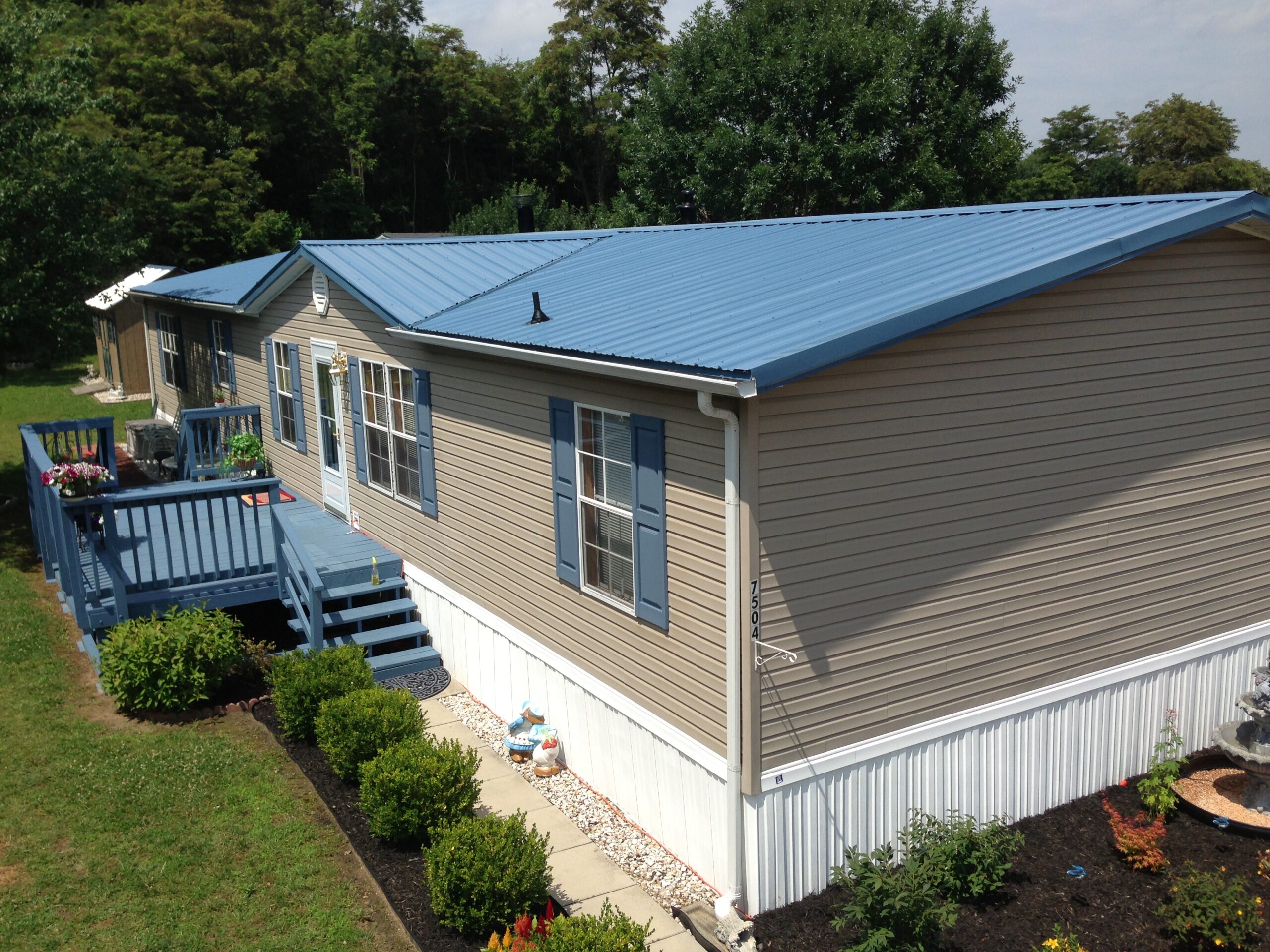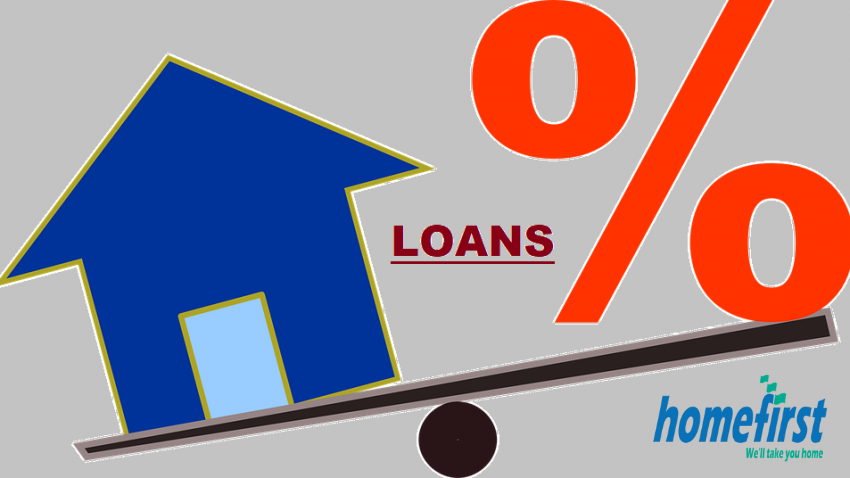
Types of Mobile Home Roofs
1. Metal Roofing:
Metal roofs are a popular choice for mobile homes due to their durability and longevity. They are resistant to fire, rot, and pests, making them a low-maintenance option. However, metal roofs can be prone to rusting over time, especially if not properly maintained.
2. Asphalt Shingles:
Asphalt shingles are another common roofing material for mobile homes. They are affordable, easy to install, and come in a variety of colors and styles. However, asphalt shingles may not last as long as metal roofs and can be susceptible to damage from high winds and hail.
3. Rubber Membrane Roofing:
Rubber membrane roofing is a lightweight and durable option for mobile homes. It provides excellent waterproofing and is resistant to UV rays and extreme weather conditions. Rubber membrane roofing can be more expensive upfront but may offer long-term savings in energy costs and maintenance.
Common Issues with Mobile Home Roofs
1. Leaks:
Leaks are a common problem with mobile home roofs and can occur due to damaged shingles, flashing, or sealant. Water infiltration can lead to water damage, mold growth, and structural issues if not addressed promptly.
2. Sagging:
Sagging roofs may occur over time due to inadequate support or water damage. This can compromise the structural integrity of the home and require immediate attention to prevent further damage.
3. Shingle Damage:
Asphalt shingles can become damaged or loose over time, especially in areas prone to high winds or severe weather. Damaged shingles should be repaired or replaced to prevent water infiltration and maintain the integrity of the roof.
Maintenance Tips for Mobile Home Roofs
1. Regular Inspections:
Conduct regular inspections of your homeimprovementgate.com/ to check for signs of damage or wear. Look for missing or damaged shingles, rust spots on metal roofs, and areas where water may be pooling.
2. Clean Gutters and Drains:
Keep gutters and drains clear of debris to ensure proper drainage and prevent water from pooling on the roof surface. Clogged gutters can lead to water damage and roof leaks if not addressed.
3. Trim Overhanging Branches:
Trim any overhanging tree branches that could potentially damage the roof during storms or obstruct drainage channels. Branches rubbing against the roof can cause abrasion and wear over time.
Repair and Replacement Options
1. Patching Leaks:
Small leaks can often be patched using roofing cement or sealant. Identify the source of the leak and apply the appropriate patching material to prevent further water infiltration.
2. Roof Coating:
Roof coating can be applied to extend the lifespan of a mobile home roof and provide additional protection against the elements. It helps to seal and waterproof the roof surface, reducing the risk of leaks and damage.
3. Professional Repair or Replacement:
For extensive damage or structural issues, it’s best to consult with a professional roofer. They can assess the condition of the roof and recommend repair or replacement options based on your budget and needs.
In conclusion, mobile home roofs play a vital role in protecting the home and its occupants from the elements. Regular maintenance, timely repairs, and occasional roof coatings can help extend the lifespan of the roof and ensure the long-term integrity of the home.



:max_bytes(150000):strip_icc()/GettyImages-1016321034-4e93d0dc223b48f4a9df61984730eb8e.jpg)

